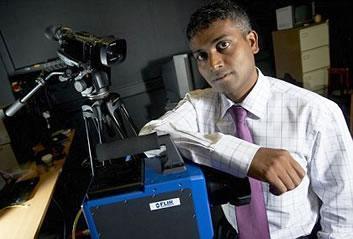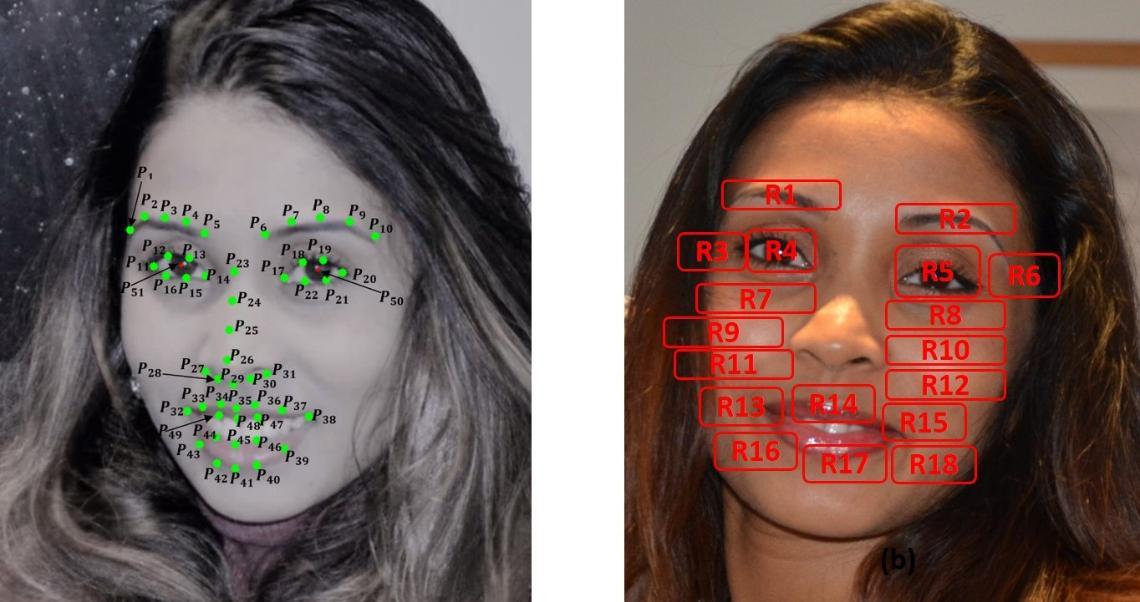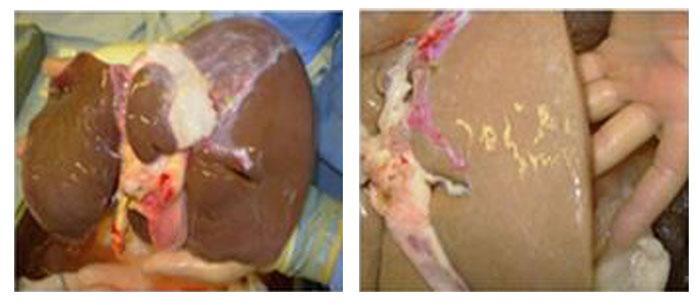Deep face recognition continued
The work of Professor Hassan Ugail and the Visual Computing department at the University of Bradford has continued since our last article, with ongoing improvements to the machine learning algorithm which can accurately identify faces and facial features in a variety of scenarios, and the ongoing successes of the project have led to a lot more interesting uses of the technology.
Prof Ugail receives regular requests from across the world to utilise the system, and these can often be quite sensitive. For example, recent cases have included a Serbian drug smuggler, ‘the Nazi next door’ and helping to identify rogue police involved in torture in the Middle East and South Asia.
But as well as the continuing applications of the technology for important investigations, Prof Ugail is excited for the potential to broaden the scope of usage for the algorithms, and work has already begun on a number of projects. He explains the principles behind how the system can be adapted for other functions:

Professor Hassan Ugail
As far as the computer is concerned, a face, an apple or heart are just images, so it does the same kind of comparison. Faces are very special to humans, and we have special parts of the brain dedicated to reading them, but for the computer it's just a type of image to be analysed, and so we can adopt these algorithms that we've developed for face recognition for other image recognition and analysis.

Illustration of points of the face mapped by the machine learning algorithm in order to identify specific faces.
In a joint project with the NHS BT (Blood Transfer) Unit, Newcastle University, Oxford University and the University of Bradford, the algorithm is to be used to assess the quality of organs for transplantation:
A typical liver transplant will cost about £300,000 - £400,000, so it's a very, very expensive process. If someone has died suddenly in an accident who has agreed to be an organ donor, the organs could be harvested at two o’clock in the morning and a decision needs to be made about their suitability. At the moment, an alert goes out to the entire NHS BT, the doctors and nurses are woken up, and have to physically examine these organs. That's a very expensive process in terms of time and the other resources involved.
"Unfortunately, some organs are not usable; if it's a fatty liver, then probably it's not very good and not suitable for transplantation. So if we train the machine to identify a good liver and then have a system where an image of each liver for transplant is analysed, the machine can decide whether it meets the threshold of quality for transplantation. The idea is not that the machine has the final decision, it's just the first stage of the triage process to improve efficiency; the doctors still make the ultimate assessment, but their time is not wasted if an organ is poor quality."

Example of a good liver (left) versus a poor quality liver (right)
Other potential uses for the machine learning technology that are in the pipeline include examining paintings to help to identify forgeries, examining videos to identify human emotions, and other video analytics:
"Currently we don't have tools to automatically analyse video, for example, if an incident happens that has potentially been captured on CCTV but you don’t know when, you need to methodically go through the video in its entirety, which is a laborious task. What we're trying to do is have the tools to automatically scan through the footage for specific information, for example using an image of a person you suspect to be involved. This tech can also potentially be used to scan live CCTV, for example as an automatic alert to the authorities for accidents on motorways."
In the REF2021 results, Computer Science and Informatics was rated as Internationally Excellent or World Leading for Impact in all its submissions. This flexible technology has a huge range of possible applications and it’s exciting to see that as well getting involved in project requests from across the globe, Prof Ugail and collaborators are realising the potential of the algorithm to save and improve lives.
